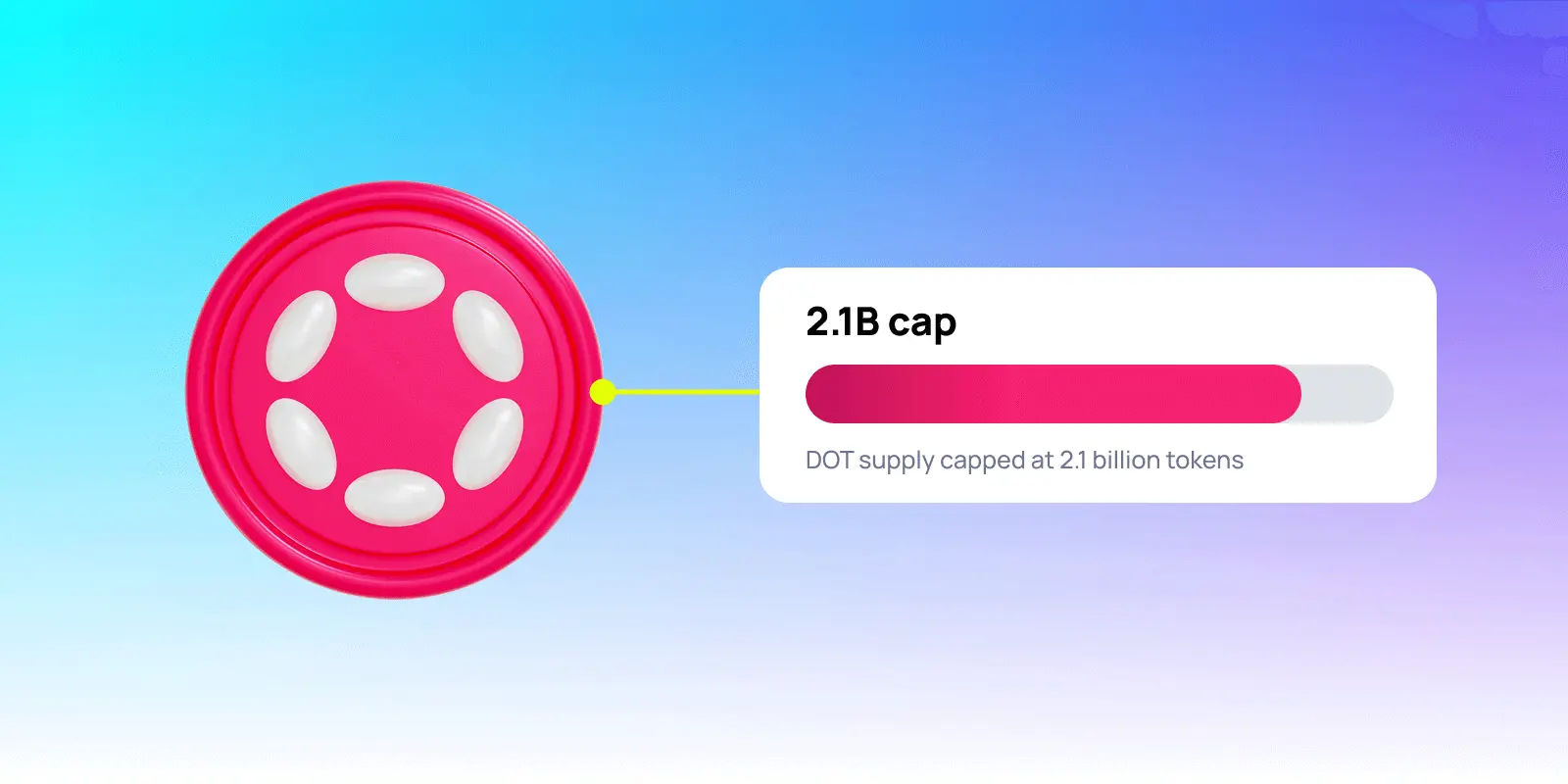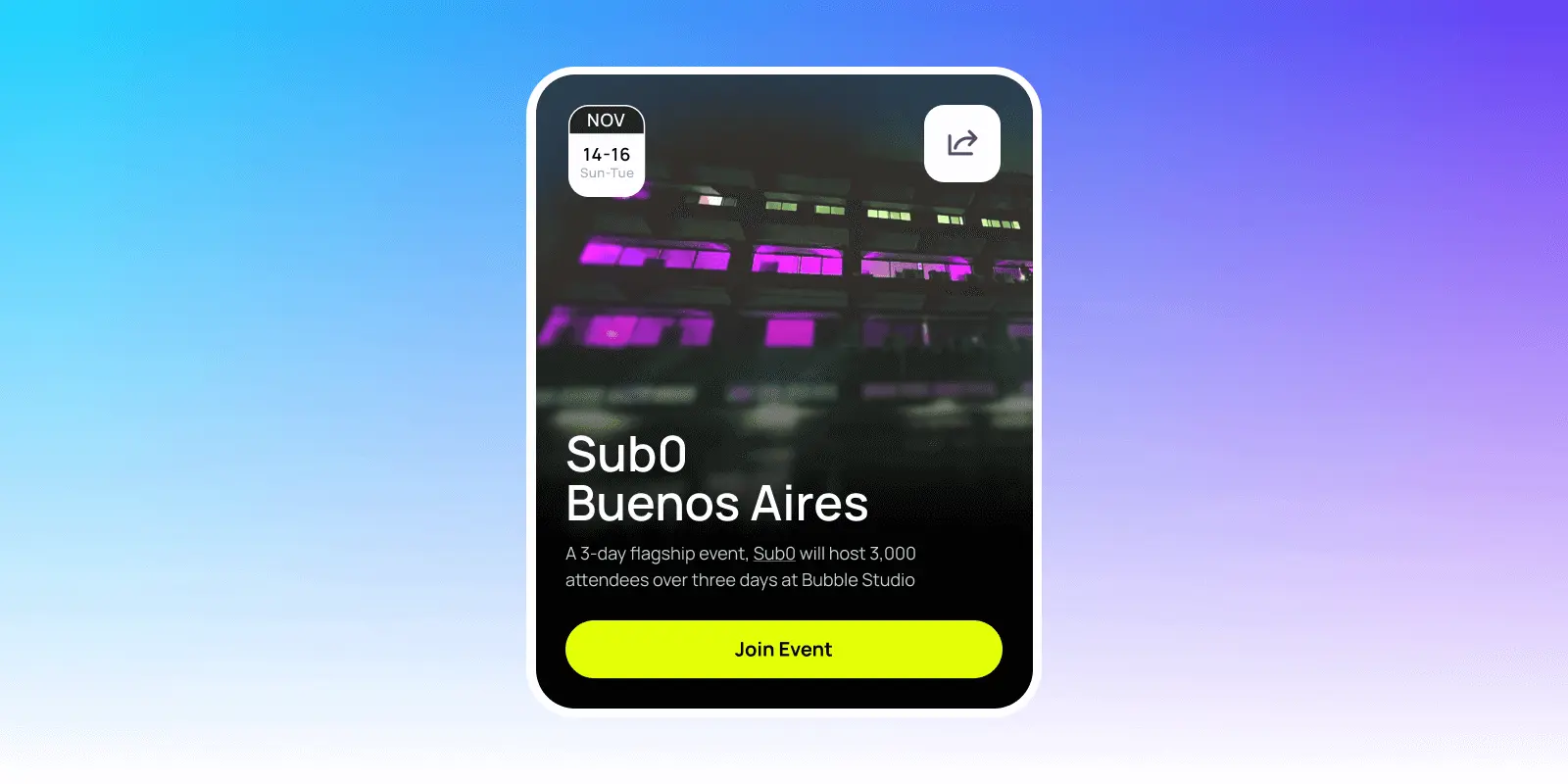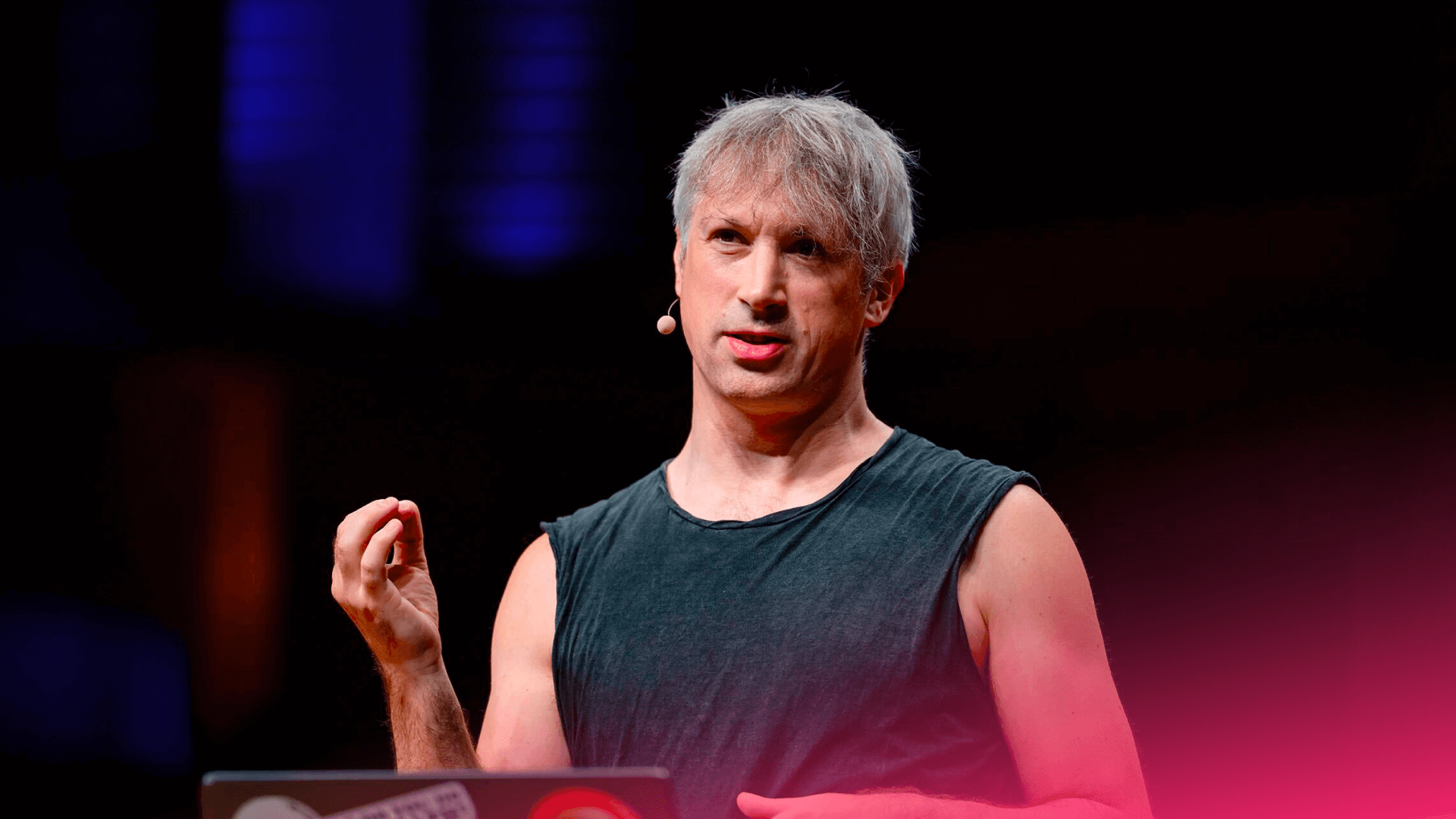Q3 2025 Polkadot DAO recap: Supply cap, treasury decisions & what's next
Here's what happened in Polkadot governance during Q3 2025: a permanent supply cap, millions in treasury funding decisions, and notable proposal rejections that exposed growing pains in how the DAO evaluates non-technical work.
 By Joey Prebys•October 16, 2025
By Joey Prebys•October 16, 2025
What you can expect
- Hard Pressure economic reform: The permanent supply cap decision
- Sub0 Buenos Aires: Polkadot's flagship conference details
- Treasury funding decisions: $4M+ in infrastructure, events, and development
- High-profile proposal rejections and what went wrong
- October outlook: Active votes on stablecoins, governance, and smart contracts
Here's what happened in Polkadot governance during Q3 2025: a permanent supply cap, millions in treasury funding decisions, and notable proposal rejections that exposed growing pains in how the DAO evaluates non-technical work.
The Polkadot DAO lets DOT token holders directly control treasury spending, protocol upgrades, and economic policy through onchain voting. Anyone holding DOT can participate—either voting directly or delegating to representatives who vote on their behalf. No permission needed, no gatekeepers involved.
This recap covers Q3's major governance outcomes: the Hard Pressure economic reform that capped DOT supply forever, treasury operations funding infrastructure and events, high-profile proposal rejections, and critical October votes as the March 2026 deadline approaches.
The big win: Hard Pressure economic reform

In September, Polkadot token holders voted to cap DOT supply at 2.1 billion tokens forever. The proposal passed with 81% support and nearly 24 million DOT in voting power.
Three options were up for debate:
- Hard Pressure: Cut issuance by 53% on March 14, 2026
- Medium Pressure: Gradual reductions over time
- Soft Pressure: Minimal changes
The community chose the most aggressive path. Starting March 14, 2026, the network will mint 53% fewer new DOT tokens than it does today.
The economic implications are significant. With a fixed supply cap, DOT joins Bitcoin and Ethereum in having predictable token economics. Reduced issuance also means less selling pressure from stakers who typically sell rewards to cover costs.
The challenge: Polkadot currently creates new tokens to pay validators who secure the network. With 53% less issuance, the community needs to find alternative ways to fund network security before March 2026.
Sub0 Buenos Aires: Polkadot's flagship event

The community approved Polkadot's largest conference of the year—Sub0 Buenos Aires, a 3-day flagship event scheduled for November 14-16, 2025.
Sub0 will host 3,000 attendees over three days at Bubble Studio, featuring two main stages (Product and Development), 18 immersive themed rooms, and a 24/7 hackerspace. The event runs alongside Devconnect, one of Web3's largest gatherings, with 25,000 expected visitors to Buenos Aires. This timing captures an already-assembled technical audience and reduces speaker travel costs since many will already be in town.
The budget of 738,749 USDC covers a fully catered, free-to-attend conference with professional livestreaming, two hackathons featuring a minimum $15K in Polkadot bounties, and major activations across gaming, governance, identity, and art. Organizers expect 70% of attendees to come from outside the Polkadot ecosystem.
Beyond the conference itself, the community approved $57,540 in sponsorships with 65.9% support to send 40 active developers and community members to Buenos Aires. So far, the program has received 70+ applications for the 40 available slots.
Sub0 Buenos Aires represents Polkadot's opening to the broader Web3 ecosystem. By timing with Devconnect and targeting external audiences, the event positions Polkadot's technology in front of developers who might not otherwise engage with the ecosystem. It's a bet on in-person connection driving real adoption.
Treasury in action: What the community funded
Q3 saw steady treasury operations funding ecosystem infrastructure, events, and dev tools.
Bounty top-ups
The community approved major funding increases for established bounties.
- The Events Bounty received 500K DOT with 92.6% support to continue sponsoring conferences and meetups worldwide.
- The DeFi Infrastructure bounty got 1M DOT (roughly $4 million) with 74.4% support despite some concerns about ROI metrics.
- Bridge bounty curators were updated with unanimous 100% support.
Treasury operations
The DAO approved converting 2.64 million DOT into stablecoins, split evenly between USDT and USDC. Using Hydration's dollar-cost averaging feature, the treasury gradually converts DOT over 183 days rather than in a single trade. This strategy reduces volatility impact and allows the treasury to pay proposals in stable assets instead of DOT, protecting approved budgets from price swings.
Infrastructure upgrades
A system upgrade to version 1.7.1 with 100% support. The upgrade integrated Empowered XCM Origins features, added Snowbridge V2 pallets for improved Ethereum bridging, and updated to the latest Polkadot SDK with numerous fixes and enhancements. The upgrade also prepared the network for the upcoming AssetHub migration by changing how cross-chain transfers work.
Wallet development
SubWallet secured $795K in continued funding with 100% support for eight months of retroactive work. With nearly 2 million installs, the wallet shipped unified address format, one-click cross-chain liquid staking with Bifrost, DOT-to-ETH swaps via Snowbridge, and custom gas token payments.
Nova Wallet received retroactive funding for seven months of development. As the most popular wallet by onchain metrics (13.4M DOT staked, ~18% of all stakers), Nova shipped cross-chain swaps across 430+ channels, multisig support, extended Ledger compatibility, and unified address format.
Regional growth
Polkadot Africa received 6 months of continued funding after revising their proposal based on community feedback. The team shortened their timeline, updated compensation, and added clear KPIs. Their previous 6-month period delivered 45+ events across multiple countries, engaged 3,000+ people in person, and onboarded 20+ PBAx participants, with 5 accepted to PBA Bali.
What didn't pass: Notable rejections
Q3 saw several high-profile proposals fail to secure treasury funding, including both retroactive requests and forward-looking initiatives.
The casualties
- Pudgy Party's $2M request failed due to concerns about cost-effectiveness, lack of direct Polkadot integration, and questions about whether marketing campaigns should receive direct treasury grants versus going through the Marketing Bounty for accountability.
- Clarys.AI’s $130K proposal for building a governance intelligence layer was rejected despite Web3 Foundation backing. DVs questioned paying $130K for beta-stage work when existing AI tools already serve similar functions, and cited unverifiable claims like "saving billions" without a sustainable revenue model.
- The Staking Dashboard asked for $103K for continued development but failed despite 37,000 monthly page visits and verified completion of previous milestones. DVs questioned whether the traffic justified the cost when staking is already well-supported by funded wallets, and called for greater focus on user acquisition rather than maintenance.
- WAGOI requested $330K to build an EU Data Act-compliant vehicle data platform. Despite some DV support, concerns about the team's lack of blockchain development track record, technical inconsistencies in the proposal, and questions about private profit without treasury upside contributed to its rejection by a single wallet with 18M DOT.
- PlutoFramework asked for $143K to develop an open-source mobile app framework for Polkadot, but failed to gain support.DVs cited excessive hourly rates ($130/hour), treasury funding for hardware purchases (MacBooks, iPhones), and concerns about the proposer's previous treasury-funded project (PlutoWallet) being abandoned without maintenance.
Post-rejection feedback
Community discussions following these rejections highlighted concerns about the governance feedback process.
Proposers noted that major votes sometimes happened rapidly without detailed Decentralized Voices explanations, leaving teams uncertain about what went wrong or how to improve future proposals. The pattern raises questions about how a decentralized treasury evaluates non-technical work when concentrated voting power can decide outcomes without transparent reasoning.
What's happening right now: October outlook
Q3's decisions set the stage for critical October votes that will shape Polkadot's path into 2026.
Governance structure
The Polkadot Community Foundation needs directors. PCF is a Cayman Islands legal entity that represents DOT holders in certain treasury operations. Two director seats have remained vacant for over a year, with the current election attempt struggling at around 50% support. Directors would be elected by DOT holders but face significant legal liability and compliance requirements.
Native stablecoin debate
The PUSD referendum proposes creating a DOT-backed stablecoin for treasury payments and validator compensation. Using the Hansen Protocol (which previously powered Acala's AUSD before it depegged), PUSD would let the treasury pay proposals in stable value instead of volatile DOT.
The community is divided: supporters cite urgency before March 2026's issuance cut, skeptics point to Hansen Protocol's troubled history and question rushing such critical infrastructure.
Smart contract infrastructure
The Ink Alliance Bounty requests 261K DOT to fund development of Ink, Polkadot's Rust-based smart contract language. With Parity joining as curator, the bounty would ensure mature tooling ready for Polkadot Hub's December launch. Ink offers an alternative to Solidity, letting developers write contracts in Rust that compile to PolkaVM.
The March 2026 deadline continues to drive urgency across all three initiatives.
Conclusion: Active, transparent, evolving
Q3 2025 proved that Polkadot's governance model works under pressure. The DAO capped supply at 2.1 billion DOT forever, funded critical infrastructure (1M DOT to DeFi, 500K to events), and organized flagship conferences—all through transparent onchain voting.
Not every proposal succeeded. High-profile rejections exposed challenges in evaluating non-technical work and concentrated voting power deciding outcomes without detailed feedback. But these struggles are documented and discussed openly. When governance happens entirely onchain, the community learns from both wins and losses.
The March 2026 deadline looms. The 53% issuance drop will test whether this transparent model can deliver native stablecoins, validator payment transitions, and sustainable treasury management when it matters most.
Your turn to participate
The Polkadot DAO is open to anyone holding DOT. No permission needed. Vote on active referenda, delegate to trusted voices, or submit proposals shaping the ecosystem's future.
The decisions happening now will define Polkadot's next chapter. Be part of it.
See our Polkadot DAO Guide to learn how it all works.











